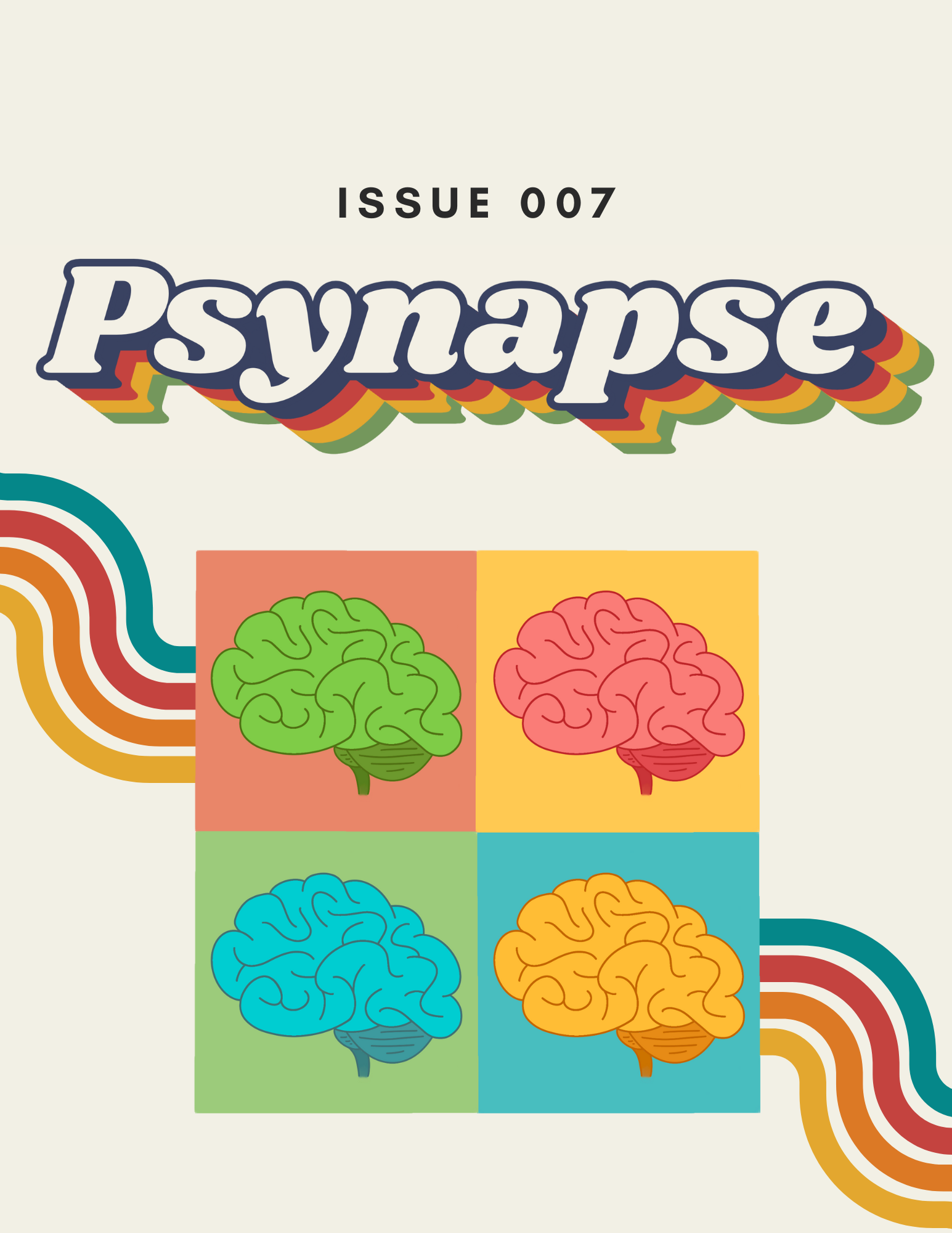Temperamental and Environmental Factors of Post-Operative Outcomes in Children: Who's the Main Actor?
Abstract
Pediatric surgery involves significant anxiety for the patients (Ayenew et al., 2020). Preoperative anxiety has been found to predict intensity of physical, behavioural, and psychological postoperative outcomes (Kain et al., 2006; McCann & Kain, 2001). This study examined different factors that may influence postoperative outcomes: child’s temperament and caregiving environment. Two models were designed to investigate the leading factor of postoperative outcome: child as a main actor model and parent as a main actor model. Child as a main actor model investigated whether preoperative anxiety was a mediating factor of the relation between temperament and postoperative outcomes. Parent as a main actor model investigated whether caregiving environment was a moderating factor of the relation between child temperament and postoperative outcomes. Seventy children who went through elective surgery (Mage = 10.4 years, 51% female), and their accompanied parents (Mage = 41.8 years, 81% mother, 13% father, 6% other) participated in this study. Child’s temperament, perioperative anxiety, postoperative outcome, parent’s state and trait anxiety, and parent’s behaviour were collected. In the child as a main actor model, shyness subscale from all three temperamental measures and a fear measure predicted higher preoperative anxiety and thus higher postoperative anxiety. Therefore, preoperative anxiety significantly mediated the relation between temperament and postoperative outcomes. In the parent as a main actor model, some significant correlations were found, but not a moderating effect. Parent’s behaviours such as empathic touch and presence of distressed behaviour correlated significantly with the child’s perioperative anxiety. However, parent’s reported state and trait anxiety did not correlate with the child’s perioperative anxiety. These correlational results tell us that it was the parent’s behaviour, not the experienced anxiety, that correlated with the child’s state anxiety. Although no significant moderation occurred in this model, the correlational results tell us that further investigation of these relations may be worthwhile.
References:
Ayenew, N. T., Endalew, N. S., Agegnehu, A. F., & Bizuneh, Y. B. (2020). Prevalence and factors associated with preoperative parental anxiety among parents of children undergoing anesthesia and surgery: A cross-sectional study. International Journal of Surgery Open, 24, 18-26.
Kain, Z. N., Mayes, L. C., Caldwell-Andrews, A. A., Karas, D. E., & McClain, B. C. (2006). Preoperative anxiety, postoperative pain, and behavioural recovery in young children undergoing surgery. Pediatrics, 118(2), 651-658.
McCan, M. E., & Kain, Z. N. (2001). The management of postoperative anxiety in children: An update. Anesthesia & Analgesia, 93(1), 98-105.


